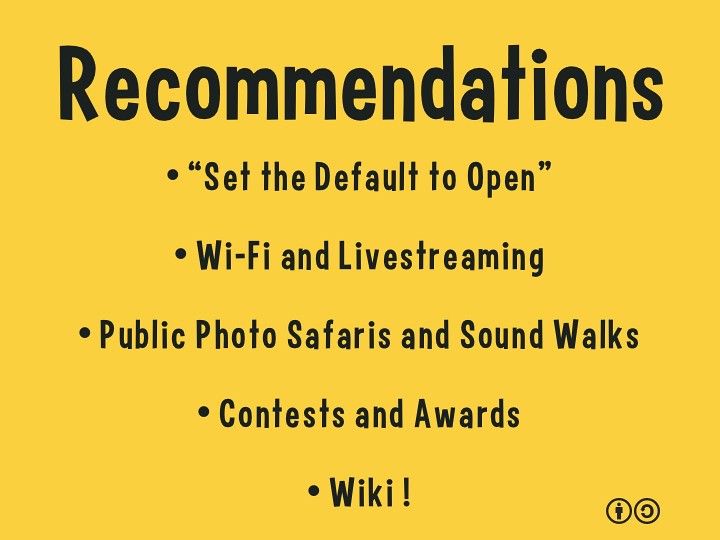

Close

Welcome aboard the productivity train, where the journey towards efficient work management is as intriguing as the destination itself. One of the fantastic solutions to streamline your tasks is the Asana Gantt Chart. This superb visual project management tool merges style, substance, and schedules to keep your tasks on track. But is it all roses with no thorns? Or, are there alternative paths to explore? This detailed how-to guide charts the course, exploring the pros, cons, and equally intriguing alternatives to the Asana Gantt Chart. Let’s embark on this enlightening ride together!
As the world of project management evolves, so do the tools we use to streamline our processes. One such revolutionizing tool is the Asana Gantt Chart. A visually dynamic and interactive display, it facilitates seamless project roadmap creation. Its unique color coding system allows for easy tracking of project stages, dependencies between tasks, and most importantly, project timelines. With this graphical representation of your project timeline, you can anticipate bottlenecks and ensure project completion on time and within budget.
Using the Asana Gantt Chart is like having a holistic overview of your project right at your fingertips. It’s considered a brilliant tool for modern project management as it injects efficiency, accountability, and organization into your project workflow. To sum up, it’s not just an ordinary Gantt chart; it’s a virtual project manager reshaping the way teams work.

Understanding the Asana Gantt Charts
The beauty of Asana Gantt charts lies in their simplifying complexity. These charts make it easier to visualize your project timeline, the tasks involved, their sequence, and who’s responsible for each. Like a roadmap, these charts help your team understand where they’ve been, where they’re going, and any roadblocks along the way.
Embracing Asana Gantt charts as your go-to project management tool will certainly boost your team’s productivity and collaboration. It provides transparency, allowing everyone involved to know who is doing what and when. That cuts down on uncertainty and frees everyone up to focus on their specific tasks.
Effective Use of Asana Gantt Charts
To make the most out of your Gantt charts in Asana, you first need to establish your project / task hierarchy. This involves arranging all your tasks according to their relative importance and sequence. Once this is done, you can identify dependencies, i.e., tasks that cannot begin or end until another has been completed. Properly outlining the hierarchy and dependencies ensures smooth project execution from start to finish.
Following this structure, you can seamlessly integrate changes without jeopardizing the entire project. Keep updating your Asana Gantt chart regularly, keeping an eye on shifting deadlines or resources to ensure everything stays on schedule. By mastering the basics and using the power of Asana Gantt charts effectively, you can better manage any project, regardless of its size or complexity.

As productivity and project management champions, the Asana Gantt Chart stands as an innovation that is incomparable in delivering efficiency. One standout advantage is its ability to visualize the entire timeline of your project. As the saying goes, “A picture is worth a thousand words”, this feature turns your arduous project planning into a visually pleasing and comprehensible structure that can be understood at a glance. It comes in handy when:
In addition to the visual timeline, the Asana Gantt Chart takes flexibility, collaboration, and active project tracking to another level. The flexible nature of this chart allows adjustments in tasks, milestones, due dates and assignees – all without having to revamp your entire project plan. Moreover, its collaboration features keep all team members on the same page, streamlining discussions and encouraging team participation while tracking progress in real time. Here’s where it proves beneficial:

As a project management tool, Asana has considerable merits, but it is not necessarily a one-size-fits-all solution. One of the essential features, the Gantt chart, enables project tracking in a visual timeline and helps with task dependencies. However, it does have its share of limitations that could potentially strain your project workflow instead of facilitating it.
Many instances often lead us to reassess its efficacy. The Asana Gantt Chart is narrowly focused on task deadlines. It does not provide a comprehensive overview of resource allocation, and there’s no easy way to track progress over time. Furthermore, the emphasis on deadlines can make it difficult to focus on priorities, and possible to overlook how much time is necessary to complete each task. Thus, you might find you and your team are:
Combine these complications, and you may find the Gantt chart’s promises of increasing teamwork efficiency starting to ring hollow. Identifying and understanding these shortcomings is a vital first step in selecting the right tool for your team and your projects.
Branching Out: Fresh Approaches to Project Management
One may find the confines of Asana’s Gantt charting slightly stifling, giving way to a need to explore the realm beyond it. Fear not! There are several equally effective and robust alternatives to Asana Gantt charts that you can plunge into for enhancing your project management experience.
Trello brings a visually appealing, card-based approach to project management. Its intuitive user interface allows for simple yet effective tracking of tasks and project milestones. Complex project details can be broken down into digestible, manageable parts, ushering in much-needed clarity.
The tool Jira caters remarkably to agile workflows and could be just what software development teams need. With the power to create user stories, plan sprints, and distribute tasks across your team, Jira embraces a comprehensive approach.
Monday.com, with its breathtakingly simple interface, enables team collaboration like none other. It does not merely map out the plan for your projects but also encompasses team collaboration for better implementation.
Innovative Interfaces Beyond Asana Gantt
Now, if you’re more inclined towards spreadsheet-type views, do not bypass Smartsheet. It seamlessly blends the best of project planning, task management, and collaborative work. Relying on a tabular interface, it aligns closely with the traditional spreadsheet approach while offering a range of advanced project management tools.
With Wrike, visualize your project plans and workflows like never before. Thanks to the highly customizable dashboards and Gantt chart views, project management becomes a highly efficient process. Plus, time tracking further facilitates precision and control.
Notably, ClickUp offers a versatile approach with multiple views of projects – list view, box view, Gantt chart view, and even a mind map view! It is a robust, user-friendly tool that can satisfy even the most distinct project management preferences.
By exploring these alternatives, project management could become a more streamlined and less monotonous process, breathing a new lease of life into your projects. So why limit yourself to Asana Gantt when a world of possibility lies beyond?
In the thriving world of project management, no two projects are ever the same. Hence, it’s indispensable to refine and personalize your project management process. Recognize the unique requirements of your project and choose a suitable approach – you might prefer the Agile methodology for its flexibility, or the long-proven Waterfall model for clear structure and stability.
Here are a few recommendations to help you decide what’s best for your project management process.
Never lose sight of the fact that the right project management process is the one that ensures the successful delivery of your project.
We’ve now charted our way through the ins and outs of using Asana Gantt Charts. Regardless of where you stand on the spectrum of project management, this tool offers incredible value by providing visual timelines, facilitating team collaboration, and offering an encompassing view of project progress. Like any other tool, its pros and cons can weigh differently for different organizations. But don’t feel bound to this option alone — the world of project management tools is vast and colorful, ripe with alternatives to explore. Each tool, like a different genre of music, has its unique rhythm and melody that may harmonize better with your team’s workflows. Whatever your choice, let it guide you reliably through the crescendo of your tasks, hitting the fine notes of efficiency, cohesiveness, and productivity. And most importantly, always remember: the ultimate conductor of your project management symphony is you, not any tool or application. Happy orchestrating!

